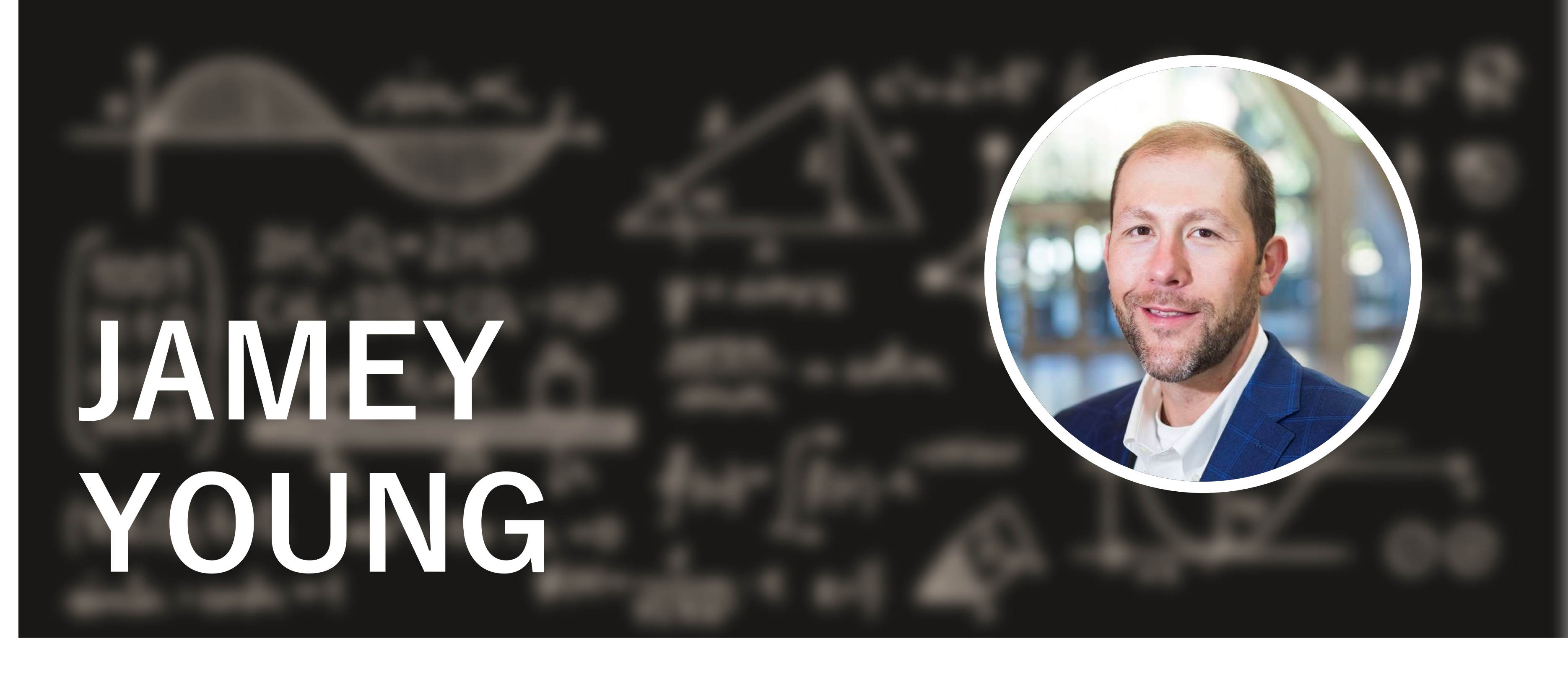WHAT DID THE 2012 EARLY CAREER AWARD ALLOW YOU TO DO?
Recent studies have demonstrated the possibility of producing advanced biofuels in engineered strains of photosynthetic cyanobacteria (i.e., blue-green algae). These organisms could be used to produce liquid fuels directly from sunlight and CO2. They could also be grown on land that is unsuitable for agriculture. This process would minimize energy-intensive harvesting, transporting, and degrading of feedstocks made from plants.
However, the process of cyanobacteria making fuel is not yet productive enough for industrial commercialization. The major goal of my Early Career Award was to develop new strategies for re-engineering the metabolism of cyanobacteria. This re-engineering would create “green cell factories” for producing renewable fuel compounds.
A major accomplishment of my Early Career research was the development of new methods for generating a “traffic report.” The report describes how labeled carbon atoms move through the cellular metabolism of cyanobacteria. These traffic reports can help identify metabolic bottlenecks that limit the flow of carbon into useful fuel products.
My group developed the first publicly available software package (“INCA”) that can model data from dynamic carbon labeling experiments. INCA has been licensed for academic use over 1000 times since 2014. The university has granted commercial licenses to a dozen different biotechnology companies.
My lab has successfully applied the INCA software to achieve several breakthroughs. These breakthroughs include the first comprehensive metabolic traffic maps of photosynthetic metabolism in cyanobacteria and plant leaves.
I received two subsequent DOE grants to study cyanobacterial metabolism. These grants enabled my group to identify metabolic bottlenecks. Our research removed these bottlenecks through genetic engineering to enhance biochemical production.
The Early Career award provided a critical jumpstart to my independent research program. It allowed me to devote significant effort to questions that have an important impact on renewable energy production in the United States.
ABOUT:
Jamey Young is the Cornelius Vanderbilt Professor of Engineering at Vanderbilt University.
SUPPORTING THE DOE SC MISSION:
The Early Career Research Program provides financial support that is foundational to early career investigators, enabling them to define and direct independent research in areas important to DOE missions. The development of outstanding scientists and research leaders is of paramount importance to the Department of Energy Office of Science. By investing in the next generation of researchers, the Office of Science champions lifelong careers in discovery science.
For more information, please go to the Early Career Research Program.
THE 2012 PROJECT ABSTRACT:
Title: Enhancing Metabolic Flux to Photosynthetic Biofuels
Abstract
Developing liquid transportation fuels that are both renewable and compatible with existing fuel infrastructure is a major research challenge of the next decade. Corn ethanol provides nearly all of the renewable fuel currently used in the U.S. However, attention is shifting to “advanced” biofuels that more closely resemble gasoline. Several recent studies have demonstrated the feasibility of producing advanced biofuels in engineered strains of photosynthetic cyanobacteria. These organisms could be used to produce liquid fuels directly from sunlight and CO2 on land unsuitable for agriculture, thereby minimizing energy‐intensive harvesting, transporting, and degrading of plant‐derived feedstocks. However, cyanobacterial fuel productivity is currently too low for industrial feasibility. Therefore, this project will test new metabolic engineering approaches for maximizing carbon flux from CO2 to biofuels in cyanobacterial hosts. Tools will be developed for analyzing carbon flux and engineering the metabolic pathways that result in biofuel production. This will be further optimized by reprogramming the “biological clock” that controls daily metabolic rhythms that may affect those metabolic pathways. This work will have an important positive impact on the development of bioprocesses that rely upon photosynthetic microorganisms. In addition, it will provide fundamental insights into the role of biological clock genes in regulating photosynthesis and carbon fixation in engineered cyanobacteria. This research will directly contribute to DOE’s mission by advancing toward production of renewable fuels that do not compete with agriculture.
RESOURCES:
JD Young, “INCA: a computational platform for isotopically non-stationary metabolic flux analysis.” Bioinformatics 30, 1333 (2014). [DOI: 10.1093/bioinformatics/btu015]
F Ma, LJ Jazmin, JD Young, DK Allen, “Isotopically nonstationary 13C flux analysis of changes in Arabidopsis thaliana leaf metabolism due to high light acclimation.” Proceedings of the National Academy of Sciences 111, 16967 (2014). [DOI:DOI: 10.1073/nas.1319485111]
LJ Jazmin, Y Xu, YE Cheah, AO Adebiyi, CH Johnson, JD Young, “Isotopically nonstationary 13C flux analysis of cyanobacterial isobutyraldehyde production.” Metabolic Engineering 42, 9 (2017). [DOI: 10.1016/j.ymben.2017.05.001]
DOE Explains… offers straightforward explanations of key words and concepts in fundamental science. It also describes how these concepts apply to the work that the Department of Energy’s Office of Science conducts as it helps the United States excel in research across the scientific spectrum. For more information on biofuels, bioenergy research, and DOE’s research in this area, please go to DOE Explains…Biofuels and DOE Explains…Bioenergy Research.”
Additional profiles of the Early Career Research Program award recipients can be found at /science/listings/early-career-program.
The Office of Science is the single largest supporter of basic research in the physical sciences in the United States and is working to address some of the most pressing challenges of our time. For more information, please visit the Office Science website.


